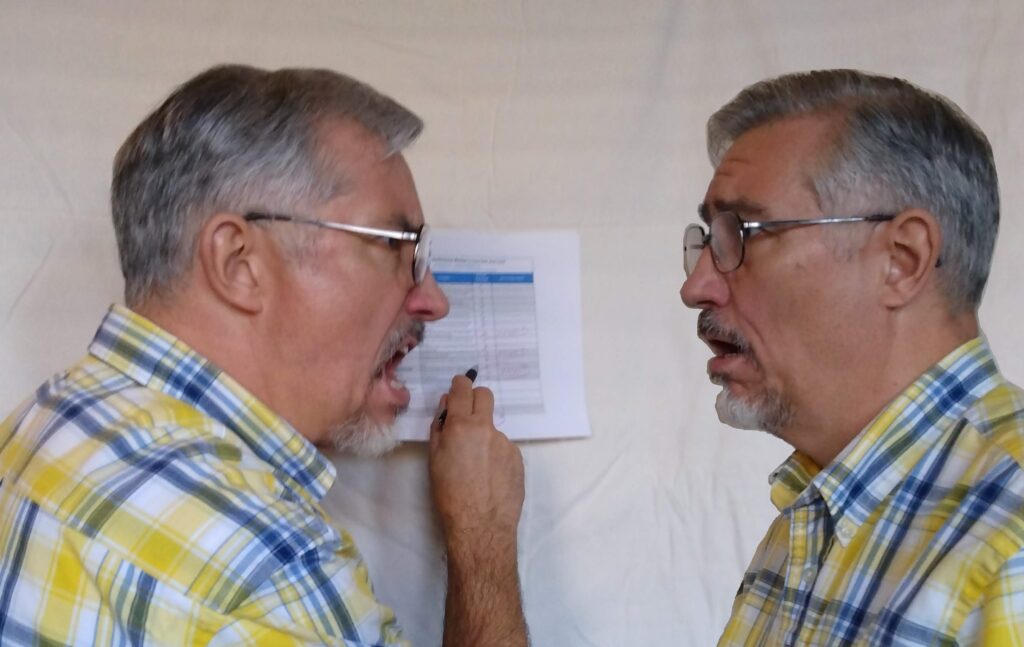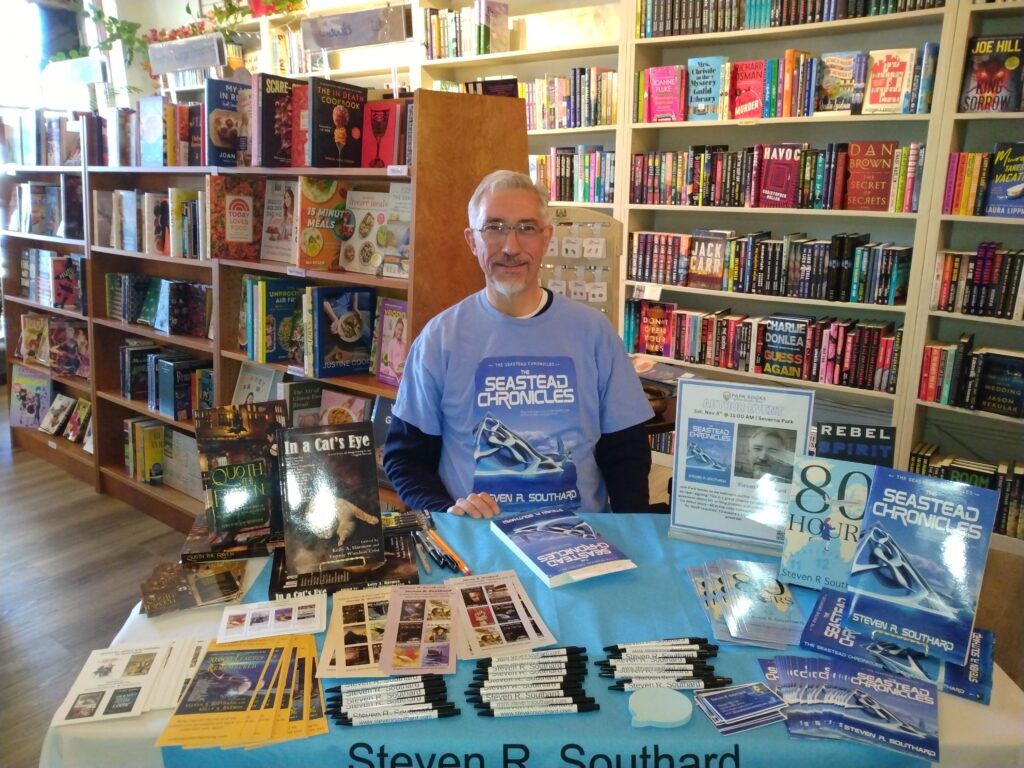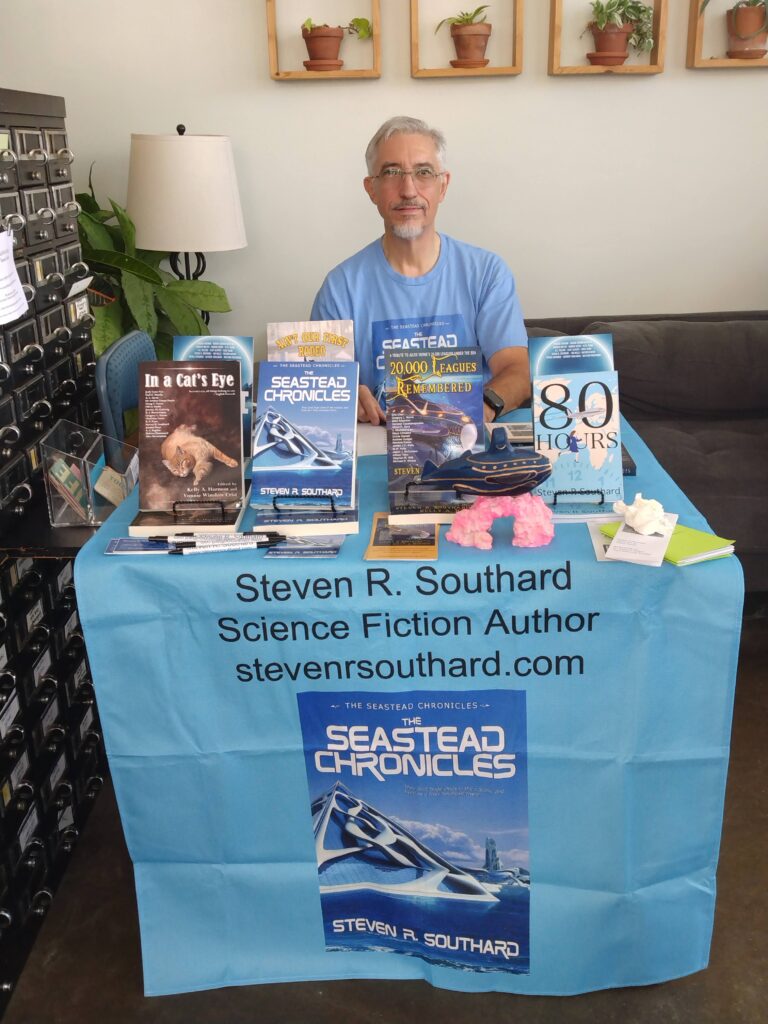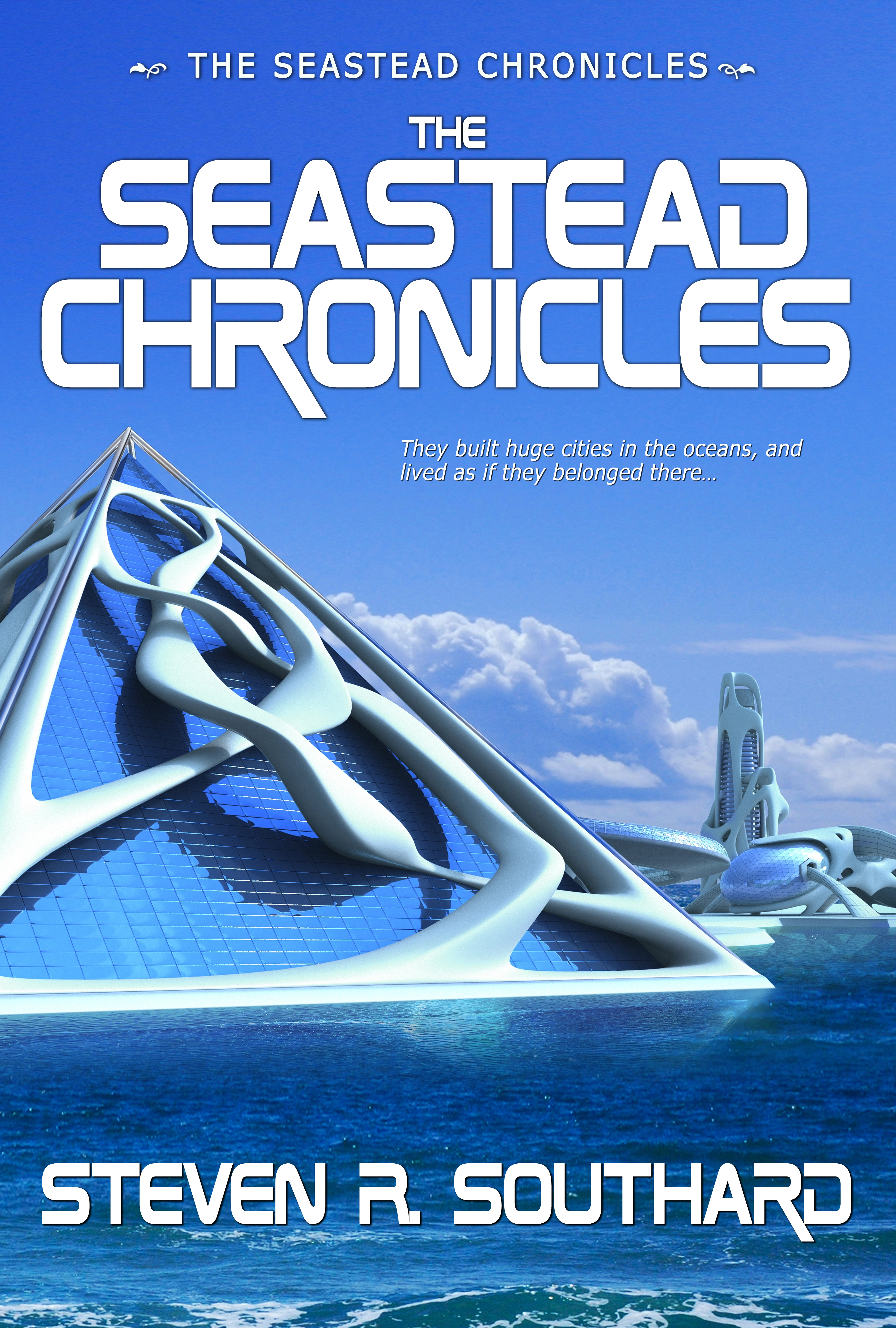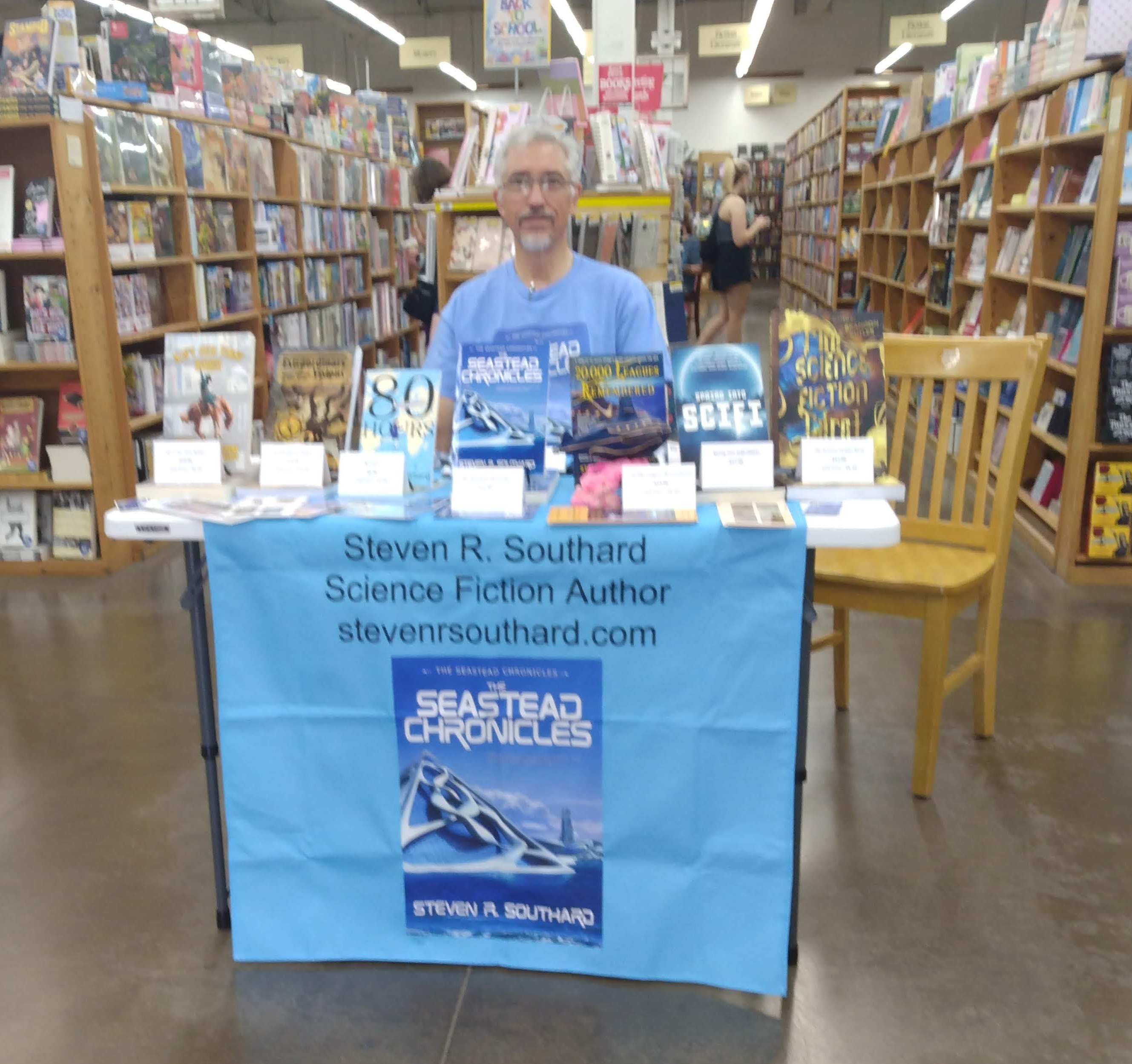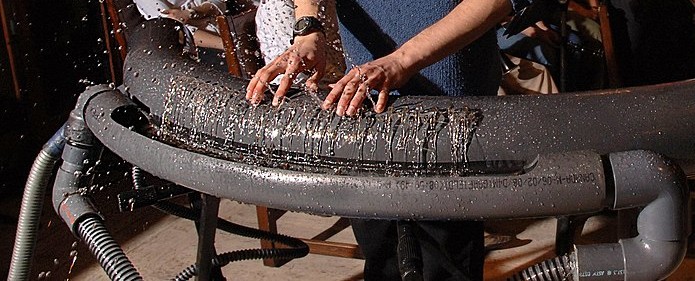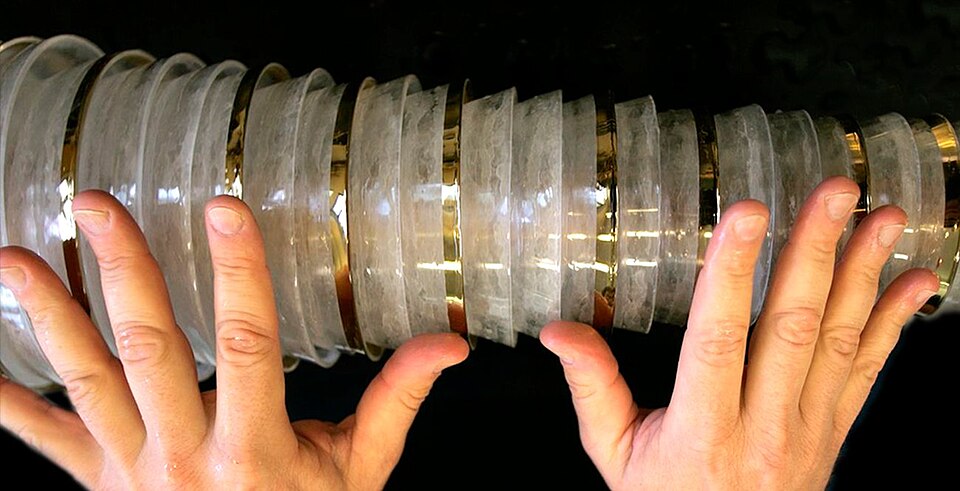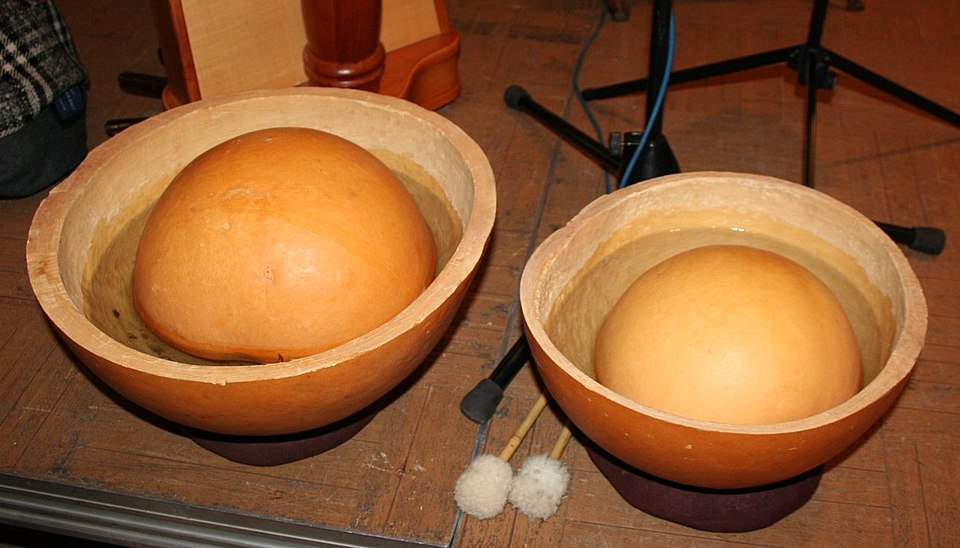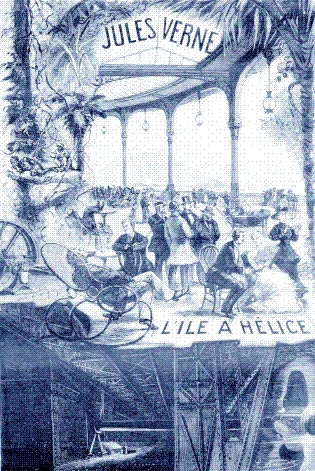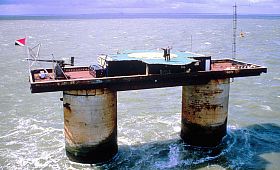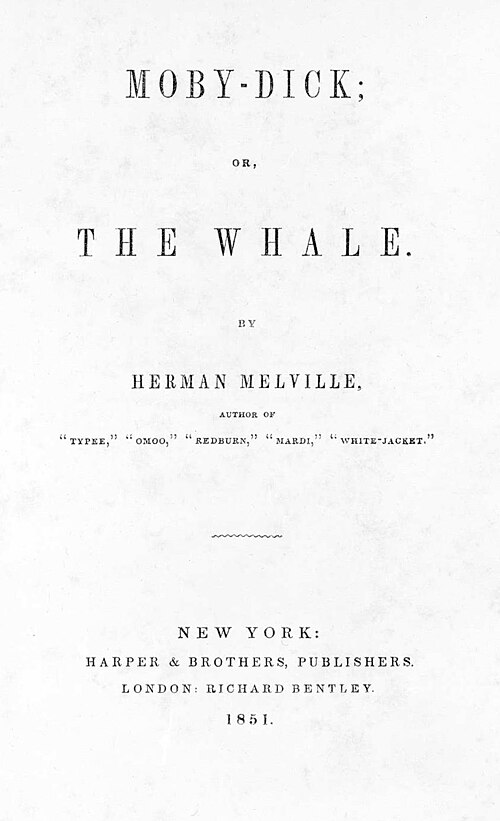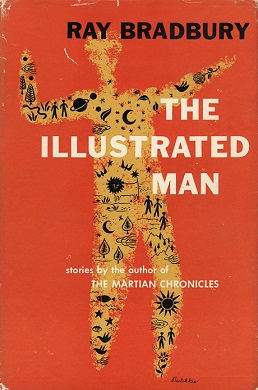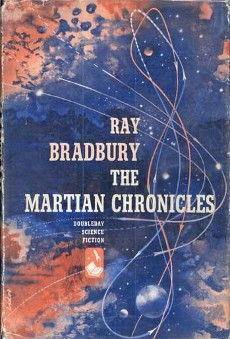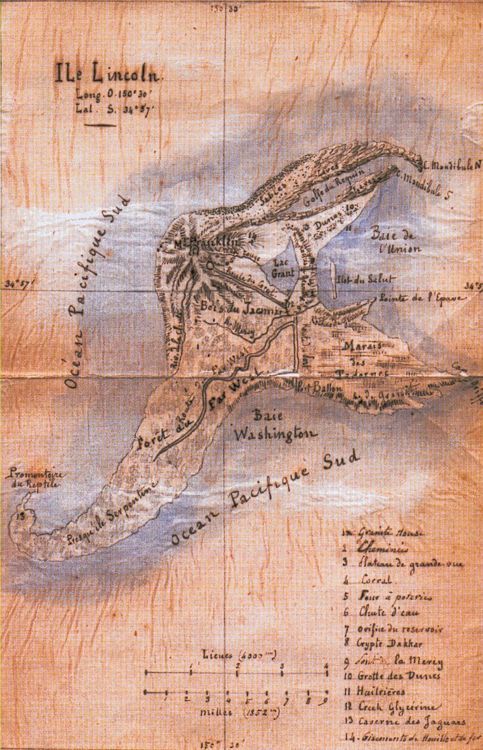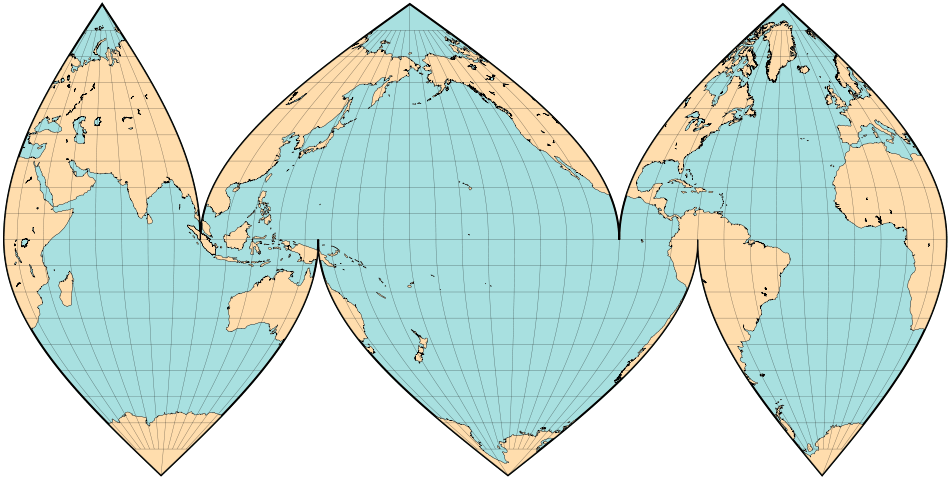My boss gets on my nerves. In fact, he shares my nerves. He’s me.
The Scoreboard
How did I perform as a writer in 2025? To find out, I used The Writer’s Performance Review scorecard by book coach Jennie Nash.
To use this scorecard, you rank each attribute from one to five. One = below expectations. Two = partially meets expectations. Three = meets expectations. Four = exceeds expectations. Five = far exceeds expectations.
You’re comparing actual performance during the year to expected performance. If you performed as expected, you’d give yourself a three. If you scored three in all twenty attributes, you’d get 60.
My 2025 Performance and Plan for Improving in 2026
I did a little better this year than last, earning 70 out of 100. However, I earned a 1 in one category and a 2 in two others.
That dismal 1 rating applied to “goal orientation” (just like last year)—a tough area for me. I don’t like counting words written or hours spent, so instead I’ll set goals for chapters written and chapters edited.
I earned ratings of 2 in “organization and planning” and “strategic thinking.” I’d gotten 2s in these areas last year as well. For organization and planning, I’ll measure my progress toward meeting the chapter goals I’ve set. For strategic thinking, I’ll see if I can connect with readers with a newsletter I plan to start in 2026.
Writing Accomplishments in 2025
This year, I:
- got my first short story collection, The Seastead Chronicles, published;
- got my short story, “Its Tender Metal Hand” published in the anthology Spring into Scifi 2025;
- got Extraordinary Visions: Stories Inspired by Jules Verne published in audiobook format;
- wrote and published 53 blogposts (so far);
- got interviewed on a podcast;
- held four appearances and signings at bookstores;
- did a signing at a scifi convention;
- got my short story, “Infinity in Your Hand” accepted for publication in Tamarind Literary Magazine;
- got my short story, “The Ballad of Joan Henry” accepted for publication in Fiction on the Web, where it’s slated to appear on February 2, 2026;
- wrote seven poems for personal enjoyment;
- made good progress on a final draft of novel number one (working title: The Hydronaut);
- completed a second draft of novel number two (working title: Pressurized); and
- completed a second draft of a humor travel book (working title: 48-State Odyssey).
Most employers and employees keep annual performance reviews private. My employer insists I display mine to the world as a service to other writers. May all of us who create written universes have a prolific and successful 2026. That’s the New Year’s wish of—
Poseidon’s Scribe

